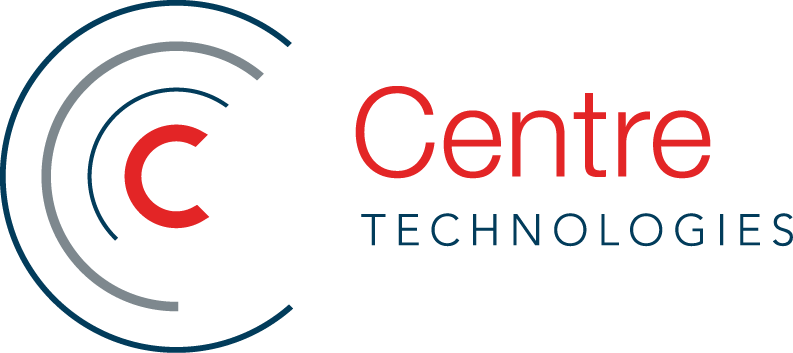When the pandemic hit—chaos ensued. Not just because there was a virus we were unfamiliar with running rampant amongst rumor of grocery bag infections and mask or no mask debates, but because words like "essential business" started forcing some companies to close their doors, or at minimum send their work force home. Thus the idea of a "remote worker" became a reality and it's one we've been living in for nearly 5 years now. But in 2024, business leaders started questioning the necessity of the policy and some decided to slowly transition out their remote policies, especially smaller businesses who really need employees to be in an office to be productive and successful. So we're here to raise the question...what does that mean for technology when your employees are no longer working from home? Do you revert to 2019 IT policies? What's next?
While many companies in Texas are moving towards a more hybrid work model, if ANY changes are being made to your workforce, whether that means a mix of hybrid, remote, and in office employees, your IT plan needs to fit those parameters. Otherwise, you guessed it, you're at risk.
We get it, technology can often seem like a catch 22, but we're here to help make it simple.
3 Impacts for Small and Medium Sized Businesses
Privileged Access and Device Management
With employees returning to their desks, device management is now front and center. Businesses need efficient systems for provisioning, maintaining, and securing devices like laptops, desktops, and other office hardware. Without proper device management, productivity and security can quickly become compromised.
Not everyone needs to be a local administrator for your accounts. When remote work became a norm, it was necessary for businesses to provide local admin privileges to employees on their designated laptops. A lot of people were given accesses that, as people return to the office, they no longer need. This option will decrease cyber risk since users can't download unnecessary software or update licenses on the hardware, and it also makes it easier if the employee leaves the company. while this might add some overhead to your current IT team, this is a safer option all the way around. If it gets to be too much, investing in an MSP to manage these requests might be your next step.
Cloud Infrastructure Impact
At the same time, cloud storage remains an essential tool for collaboration and accessibility. While on-premise storage may regain some traction for businesses looking to enhance control over their data, cloud solutions will continue to play a critical role in ensuring employees have secure access to files and systems, whether in the office or working remotely on occasion. Additionally, in-office work will require updated hardware investments like monitors, docking stations, and reliable networking infrastructure to support smooth day-to-day operations.
MFA Requirements Remain Unchanged
One thing that won’t change, no matter where employees work, is the importance of cybersecurity. Multi-factor Authentication (MFA) and other robust security measures remain non-negotiable to protect sensitive data and prevent unauthorized access. As the workplace continues to evolve, SMBs must ensure their security strategies are adaptable and comprehensive.
Adapting Your Strategy for This Change
As businesses navigate this transition, it’s critical to rethink IT strategies to align with the demands of a more in-office workforce. Conducting a thorough IT audit is a great first step. This helps identify outdated equipment, gaps in infrastructure, and potential vulnerabilities in current systems. Addressing these areas early on will set a strong foundation for the move back to the office.
Once you know what you've got, make your plan. Strengthen your requirements, procure your hardware, and adjust your cloud needs. Just don't forget that permissions might need to change. If all of this is Greek to you, then we're always here to help.
We'd be remiss to not mention that partnering with an IT provider will make this shift seamless. A trusted provider can ensure that device management, network setups, and security protocols are handled efficiently, leaving internal teams free to focus on their core responsibilities. SMBs should also prioritize solutions that offer flexibility—tools and services that can accommodate both in-office and hybrid work environments will future-proof operations and prevent unnecessary disruptions.
What's next
We're navigating this change, too. We understand it's a lot to think about when a new year is only just beginning. But your business is worth the time it takes to handle the little details. That time spent could be the difference between loss and life for your company.
As work environments continue to evolve, staying ahead of IT demands is key to ensuring both productivity and security. Let us know if you need a little help from your friends - contact us today.


 Emily Kirk
Emily Kirk